When purchasing
ASTM A53 welded or seamless steel pipe, customers are always most concerned about: Is the pipe reliable? Can it withstand the pressure and deformation under actual service conditions? The ASTM A53/A53M standard not only specifies chemical composition and mechanical properties but also clearly defines two key physical tests: the bend test and the flattening test. These two tests directly verify the ductility, toughness, and weld quality of the steel pipe, preventing serious accidents such as breakage and leakage during use.
This guide comprehensively explains the bend and flattening tests from multiple perspectives, including the test purpose, implementation steps, ASTM A53 standard requirements, and customer risk avoidance. Combined with the advantages of the LONGMA brand, it helps you make safer and more reliable purchasing decisions.
Why are bend and flattening tests necessary?
Bend testing simulates the bending loads experienced by pipes during installation or use, verifying their ductility and weld toughness.
Flattening testing assesses the pipe's strength and defect susceptibility under deformation by applying radial compression.
Customer Value:
Ensures that the pipe will not rupture due to internal defects or welding problems.
Reducing the risk of rework and accidents for buyers.
It is intuitive, cost-effective, and effectively identifies potential problems, making it a "hard standard" accepted by buyers.
|
Test Item
|
Applicable Size
|
Standard Requirement
|
Acceptance Criteria
|
|
Bending Test
|
NPS 2 and smaller
|
Bend to 90°
|
No cracks on the external surface
|
|
Flattening Test
|
NPS > 2
|
Flatten to the specified height
|
No cracks in the weld or base material
|
Significance of These Tests
Performing bending and flattening tests helps manufacturers and end-users verify:
Quality of raw material – whether the steel has the necessary ductility.
Manufacturing consistency – to ensure each batch meets ASTM A53 standards.
These tests are also a quality assurance checkpoint before shipping or installation, ensuring that pipes used in pipelines, refineries, structural frameworks, and HVAC systems can perform safely under stress.
Bending Test Requirements (ASTM A53 Section 9.4)
The bending test is generally applied to pipes with NPS 2 (DN 50) and smaller sizes. For larger pipes, a flattening test is used instead.
Test Procedure:
A section of the pipe, usually about 6 inches (150 mm) long, is placed in a bending fixture.
The pipe is bent cold to a 90-degree angle around a specified radius without showing any cracking or failure on the outside surface.
The minimum bend radius is defined as 12 times the nominal diameter of the pipe.
Acceptance Criteria:
The pipe must withstand the bending without cracks, fractures, or surface openings visible to the naked eye.
For welded pipes, no evidence of weld separation should occur during the bend.
This ensures that the weld seam and base metal have sufficient ductility and bonding strength to handle stress without failure.






 English
English Español
Español بالعربية
بالعربية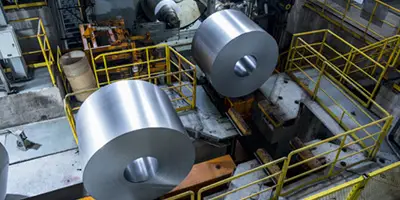

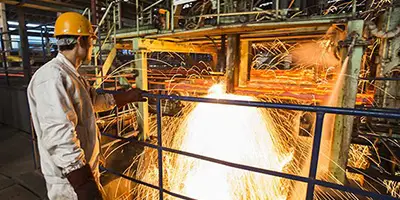
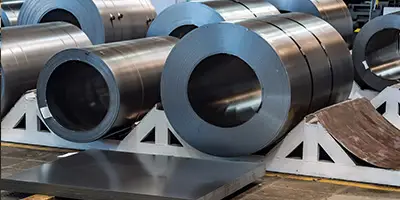

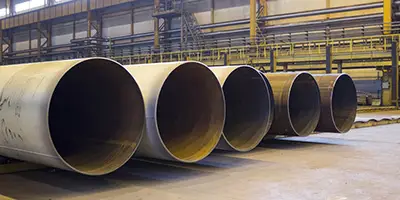

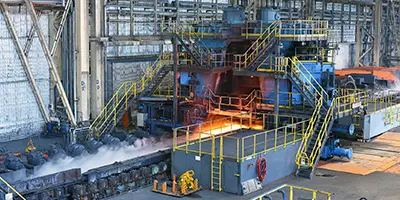
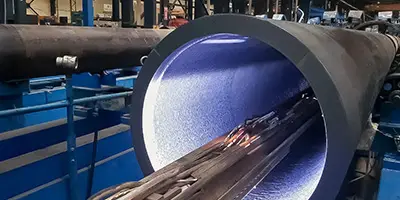


 Phone :
Phone :  Whatsapp :
Whatsapp :  Email :
Email : 


